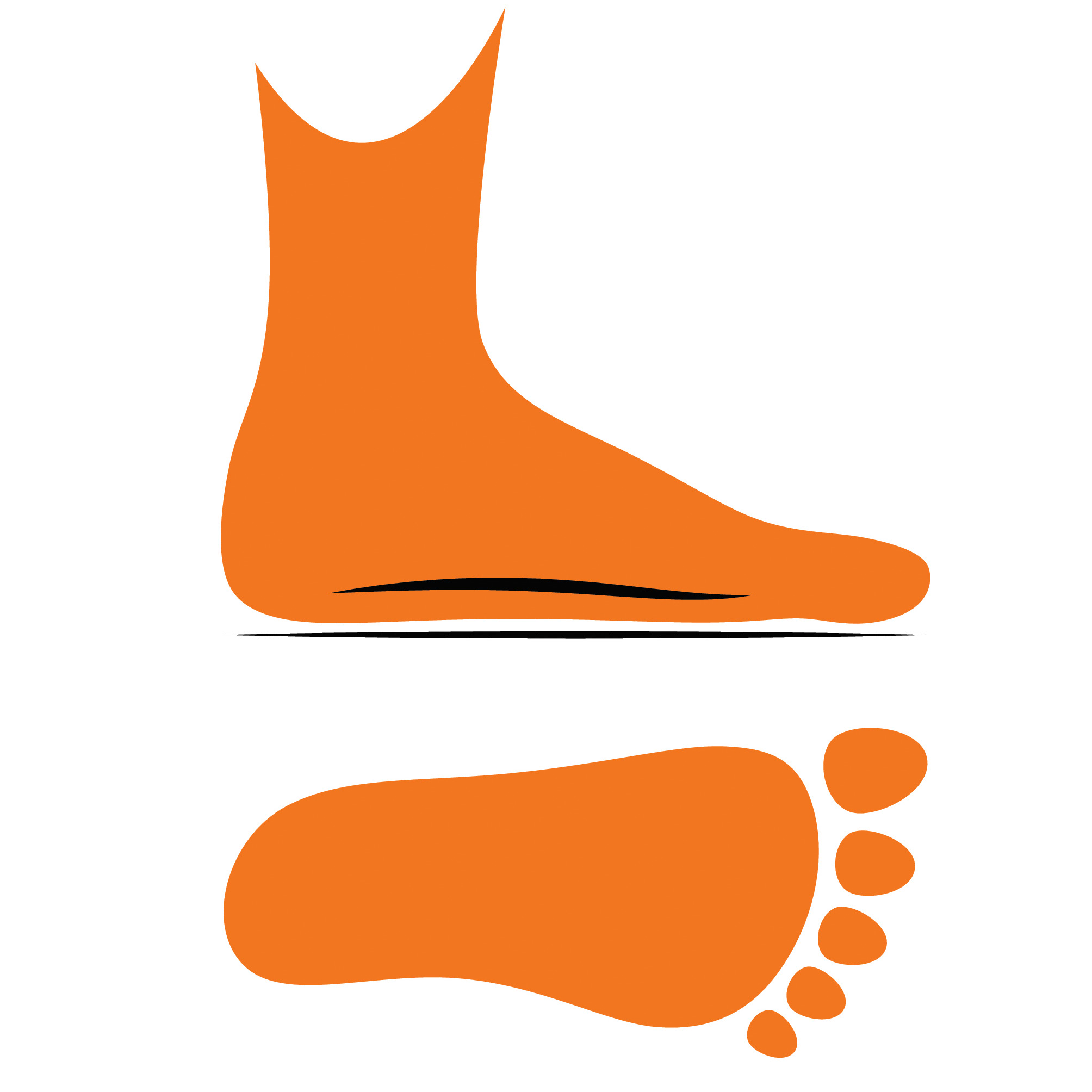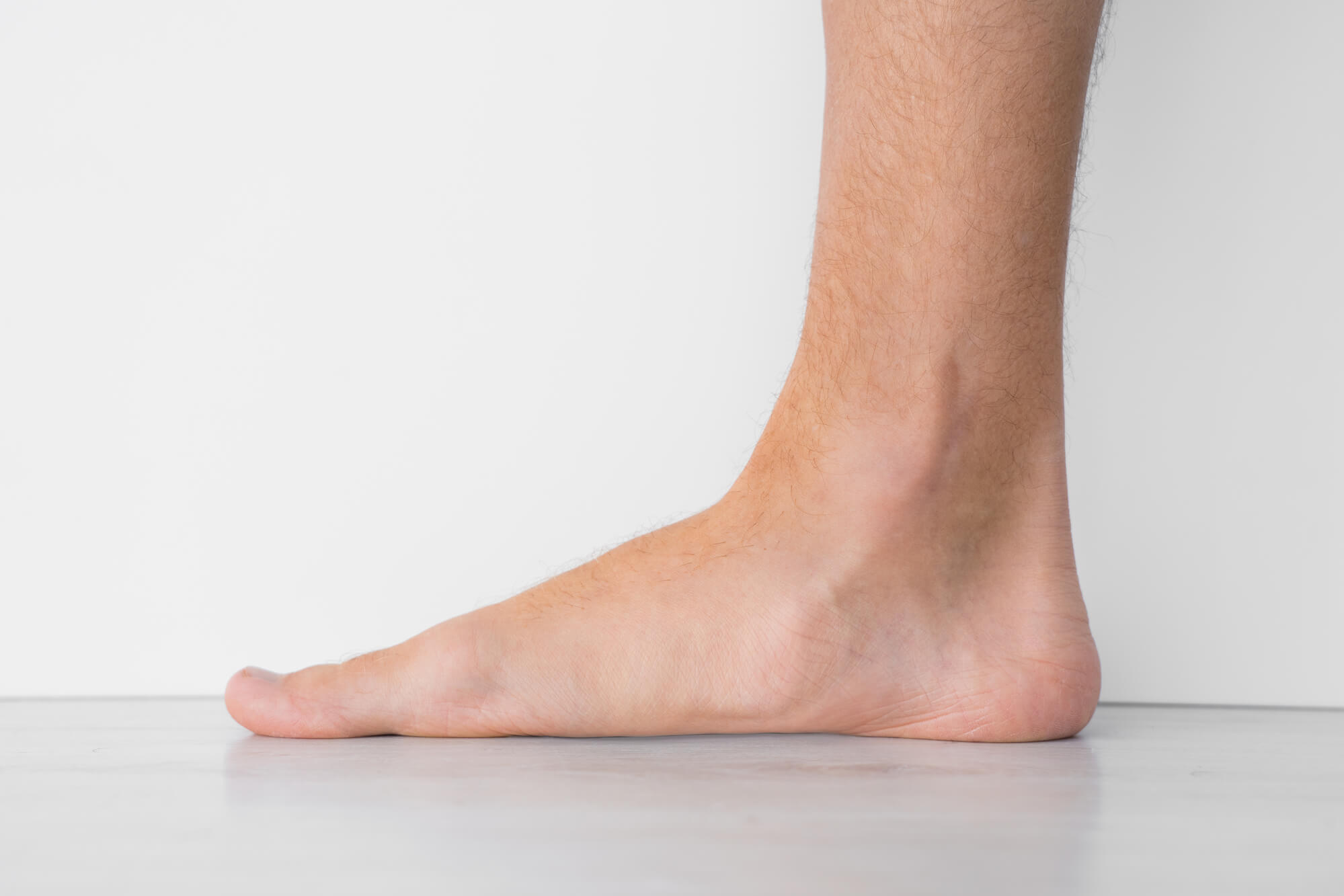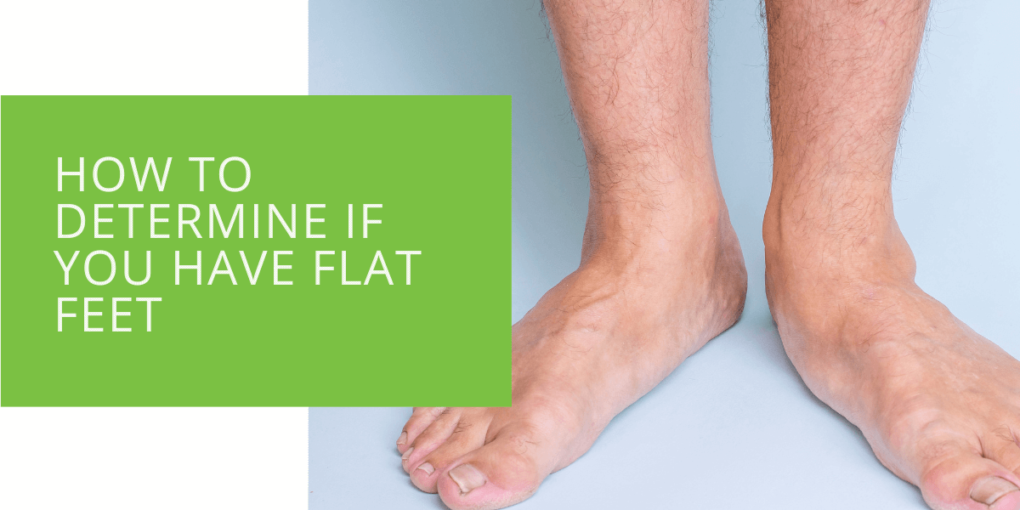How to Determine If You Have Flat Feet
Flat feet, also known as fallen arches or flatfoot, is a condition where the arches of the foot collapse or do not develop properly. Flat feet can cause pain in the foot, ankle, and lower back and affect your posture and balance. This article will explore determining if you have flat feet and what treatment options are available.
What Are Flat Feet?
Flat feet is a common condition that can occur at any age, although it's most commonly seen in adults. Various factors, including genetics, injury, and overuse, can cause the condition. Some people may be born with flat feet, while others may develop the condition later in life due to various factors.
There are two main types of flat feet: flexible and rigid. Flexible flat feet are the most common and occur when the arches flatten when you stand or walk but return to their normal position when you sit or rest. Rigid flat feet are less common and occur when the arches remain flattened even when you're not standing or walking.
How to Tell if You Have Flat Feet
There are several ways to determine if you have flat feet:
- Physical examination: A podiatrist will examine your feet while standing, walking, and sitting to check for arch flattening. They'll also look for other foot or ankle problems contributing to your symptoms.
- Footprint test: This involves wetting the sole of your foot and stepping onto a surface such as a piece of paper or cardboard. If you have flat feet, your footprint will show little to no arch.
- Visual inspection: A podiatrist may also visually inspect your feet while you're standing or walking to look for visible arch flattening.
- Evaluation of symptoms: A podiatrist will ask you about any pain or discomfort you're experiencing in your feet, legs, or lower back, as well as any other symptoms related to flat feet.

Signs of Flat Feet
Flat feet can cause a variety of signs and symptoms, including:
- Pain in the arch or heel: One of the most common symptoms. The pain may be mild or severe and worse when standing or walking for long periods.
- Pain or fatigue in the legs, especially after standing or walking for long periods: Flat feet can cause overpronation, putting extra strain on the leg muscles.
- Difficulty standing on tiptoes: This can signify a weak or tight Achilles tendon, often associated with the condition.
- Shoes wearing out unevenly: Flat feet can cause the soles of your shoes to wear out unevenly due to abnormal pressure distribution.
- Visible flattening of the arch: In some cases, you may see a visible flattening of the arch while standing or walking.
Diagnosis
If you're experiencing symptoms of flat feet, seeing a podiatrist for a diagnosis is important. A podiatrist will perform a physical examination and may order imaging tests such as X-rays, CT scans, or MRI to assess the bone structure and alignment of your foot and ankle.
Treatment
The treatment for flat feet depends on the severity of your symptoms. Treatment options include:
- Custom orthotics: These are specialized shoe inserts designed to support the foot arch and relieve pressure on the foot and ankle. Custom orthotics are made specifically for your foot and can be prescribed by a podiatrist.
- Physical therapy: Physical therapy exercises can help to strengthen the foot and ankle muscles and improve your balance and stability.
- Pain management: Over-the-counter anti-inflammatory medication, such as ibuprofen or naproxen, can help to relieve pain and inflammation associated with flat feet. In severe cases, a podiatrist may recommend corticosteroid injections to reduce inflammation.
- Surgery: Surgery is rarely necessary for flat feet but may be recommended in severe cases. Surgical options may include tendon repair, bone realignment, or joint fusion.

Prevention
There are several steps you can take to prevent or reduce your risk of developing flat feet:
- Maintain a healthy weight: Carrying excess weight can put extra pressure on your feet and increase your risk of developing flat feet.
- Wear supportive shoes: Choose shoes with good arch support and cushioning to reduce the impact on your feet and ankles. Avoid high heels or shoes with little support.
- Avoid high-impact activities: High-impact activities such as running or jumping can increase risk. Wear shoes with good support and cushioning if you must engage in high-impact activities.
Conclusion
Flat feet can cause discomfort and affect your daily activities. However, early detection and treatment can help manage your symptoms and prevent further damage. If you're experiencing pain or discomfort in your feet, legs, or lower back, don't hesitate to see a podiatrist for an evaluation. A podiatrist can help diagnose the cause of your symptoms and develop an individualized treatment plan to address your unique needs. You can maintain healthy feet and enjoy an active lifestyle with proper care.

